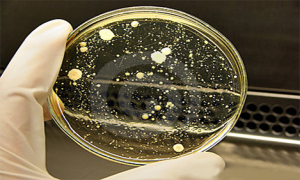A emergência de “infecções secundárias” também levanta outra preocupação: A vacina em desenvolvimento perderá seu efeito protetor?
Em relação a esta questão, especialistas acreditam que não há necessidade de entrar em pânico, mesmo que a vacina precise ser atualizada, tecnicamente não é difícil conseguir.
Li Bin analyzed that there are at least five different strategies for vaccine development. Each strategy, even for some subunit protein vaccines, uses sequences of conserved regions of the virus, especially for the S protein bound to the ACE2 receptor on the host cell surface.
“No matter how the virus mutates, it always has to enter the cell to infect. To infect the cell, it must bind to the ACE2 receptor. Most vaccine development strategies are designed to prevent this combination.”
Li Bin believes that the current vaccine will still be useful, but it may not be useful for new mutant strains. If there are so many mutations in the virus that make existing vaccines unusable, new epidemic strains may be selected next year.
In the opinion of experts, the possibility of updating vaccines should be considered, but this is not a big problem. It just takes time to select new epidemic strains. It is not difficult to achieve technically at present. Além disso, based on the current understanding, the mutation of the new coronavirus is not as fast as the influenza virus.
“Whether the new vaccine needs to undergo phase III clinical trials again depends on the mutation of the virus. It does not necessarily need to be done. Por exemplo, the current influenza virus vaccine does not need to undergo phase III clinical trials every phase.”


















